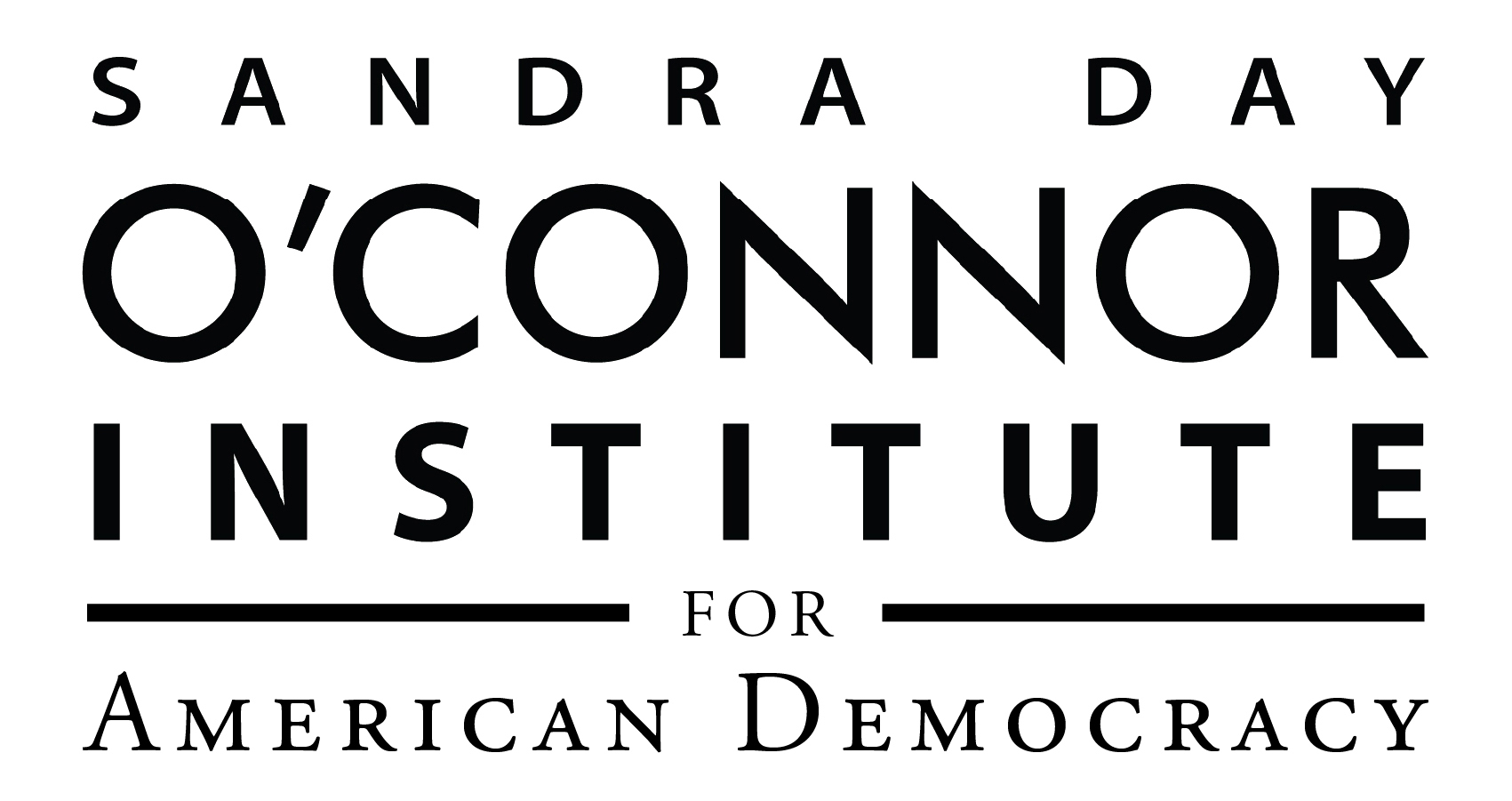Why were the colonies founded?
Before the United States existed, thirteen separate colonies—settled in different places and for various reasons—were spaced along the eastern coast of North America. As separate communities, their goals were not always aligned; each functioned essentially as its own country, with an independent government and infrastructure.
The colonization of North America began in 1585 with the failed settlement on Roanoke Island in modern-day North Carolina. Roanoke failed because it was settled on swampy mosquito-infested land. As a result, settlers could not farm, find clean water or hunt. Their inability to find clean water or food led to disease and starvation. This failure was characteristic of the hardships colonists faced while creating new homes in North America.
Over the next 150 years, thirteen North American colonies were established by the English, Dutch, and Swedes; however, by the 1700s, all North American colonies were under the control of English settlers.
The chart below outlines the English colonies in North America. It is important to note that all of these colonies were settled on inland rivers; rivers provided an easy way to transport supplies and trade goods. These areas were known as tidewater regions. The tide controlled the water level, allowing ocean-navigating ships to bring supplies from the Atlantic directly to inland rivers.
Colonies in the North, because of that area’s cooler climate, generally had few problems settling near rivers or harbors. In contrast, colonies further south, in warmer climates, had to cope with mosquitos, which transmit disease. Thus, southern colonies had higher death rates than their northern counterparts because of their location.
| Year of English Settlement | Colony | Reason for Settlement | Key Features |
| 1586 | Roanoke | Economics | Roanoke Colony failed – known as the “lost colony” |
| 1607 | Virginia | Economics | Founded Jamestown as a joint-stock company, the Virginia Company |
| 1620 | Massachusetts Bay | Religion (Puritan) | Led by William Bradford, these colonies believed in a pure Christian church with no elements of Catholicism. The colonists fled religious persecution in England, but they themselves were intolerant of any other form of religion. |
| 1623 | New Hampshire | Religion (Puritan) | The harsh treatment of these settlers by the Massachusetts Bay Colony led them to break away and form their own colony |
| 1634 | Maryland | Religion (Catholic) | Founded by George Calvert to support Catholicism and growing tobacco |
| 1636 | Connecticut | Economics | Settlers from the Massachusetts Bay Colony that were forced to leave and form their own colony |
| 1636 | Rhode Island | Religion (Reform Puritan) | Of all the New England colonies, Rhode Island was the most tolerant of other religions |
| 1638 | Delaware | Economics | Originally settled by the Swedes and later taken over by the English |
| 1663 | North Carolina | Economics | Joint stock company focused on agricultural production |
| 1663 | South Carolina | Agriculture | Focused on rice production |
| 1664 | New York | Economics | Originally founded by the Dutch in 1626 and taken over by the English in 1664 |
| 1664 | New Jersey | Economics | Originally established by the Swedes and taken over by the English in 1664 |
| 1668 | Pennsylvania | Religion (Quaker) | Settled as a Quaker colony but welcomed immigrants from all religions |
| 1732 | Georgia | Agriculture & Debtor Colony | Served as a buffer to stop Spanish invasion from Flordia |
The first successful colony was Jamestown, established in 1607 on the banks of the James River, just off the Chesapeake Bay, in modern-day Virginia. Jamestown was settled as an economic enterprise of the Virginia Company to make money for its London investors. But by 1610, conditions in Jamestown were so bad that almost 80% of its original settler population had died from disease and starvation. Jamestown survived because new settlers continued migrating to the “New World” to make a better life for themselves.
In 1620, Puritan separatists, known as Pilgrims, landed their ship, the Mayflower, at Plymouth in modern-day Massachusetts. Unlike the Jamestown colonists, who established their settlement for economic reasons, the Puritans were motivated by the desire to practice their religion free of the persecution they faced in England. Puritans disagreed with England’s Anglican church and its similarities to Catholicism. The Puritans were not tolerant of other faiths or beliefs. All colonists in Massachusetts had to be members of the Puritan church, or they would be forced to leave the colony.
The New York colony was initially settled in 1624 as a trading post supporting the Dutch West India Company’s fur trade; it was originally called New Amsterdam by Dutch settlers. It offered a convenient location for trans-Atlantic trade. However, in 1664, as a result of the Second Anglo-Dutch War, the Dutch lost New Amsterdam to the English, who renamed it New York. The New York colony functioned much as it had under the Dutch.
Georgia was founded in 1732 by James Oglethorpe. Georgia was set up slightly differently than the other colonies because it was intended to be a buffer between the Spanish in Florida and the English wealth-generating colonies to the north. With the smallest population in the English colonies, Georgia was originally settled by debtors transported from England to the New World as part of their punishment. These colonists were allowed to remake their lives, but only while, in effect, serving as protection for the other colonies. In 1742, the Spanish attacked Fort Frederica on St. Simons Island in Georgia. The Spanish forces were repelled and not allowed to go further north because the colonial troops in Georgia stopped them.
Each of the thirteen original colonies has a unique history. But they shared one common feature: none expected or planned to unite with any other colony in North America. Each colony planned to maintain its own sovereignty and government.

